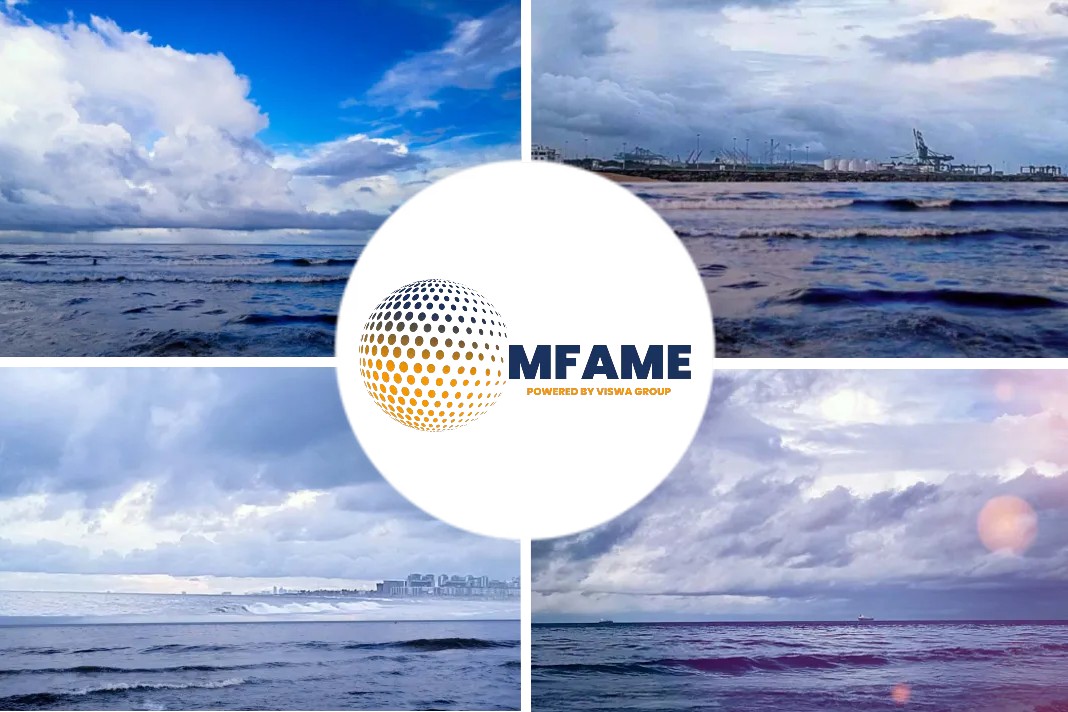
- Estimates show insured losses from natural catastrophes continue to be above the 10-year average of $81 billion, at $115 billion.
- In this volatile climate we have a very clear message to ports to challenge their risk partners (brokers and carriers) when sourcing insurance policies.
- A worrying trend we are seeing is lack of cover for port blockage. If a hurricane or shipwreck blocks access to a port, who will get it opened, how fast and who will pay?
One of the biggest challenges to the marine industry post-COVID is that the marine insurance industry is more complex and risk averse. Ports and terminals, as a result, are at greater risk of being overcharged and underinsured by brokers who do not have the desire or knowledge to source the appropriate policies.
Marine insurance
To compound this challenge, ports are on the front line of risk. Extreme weather is becoming more common and can expose ports’ people, assets and operations to damage, disruption and third party claims.
Estimates show insured losses from natural catastrophes continue to be above the 10-year average of $81 billion, at $115 billion.
Climate change risk to ports
Hurricane Ian, which struck Florida in September, was last year’s costliest natural catastrophe event, with an estimated insured loss of $50-$65 billion.
The Port of Houston has further been identified in a recent study by Oxford University as the most at risk in the world from extreme weather.
But given there are 29 ports in Texas alone, which are critical to U.S. and global trade, you start to see the size of the problem being faced.
As well as risk to life, injuries and infrastructure damage there is disruption to port operations to consider with costly delays.
Globally Oxford’s researchers estimate as much as $63 billion of trade is at risk every year as a result of climate change, the conclusion being ports across America require serious infrastructure upgrades.
Infrastructure investment is further massively important in smaller countries and islands, like those in the Caribbean, whose economies are so dependent on ports and exposed to severe weather.
Ports, as global businesses, are further at risk of being dragged into economic turbulence as a result of disrupted supply chains, economic sanctions, and situations like the Ukraine war.
Sourcing insurance policies
In this volatile climate we have a very clear message to ports to challenge their risk partners (brokers and carriers) when sourcing insurance policies. The way insurance companies are now evaluating policies is changing.
Policies were usually assessed on NLE (Normal Loss Expectancy): This is the loss estimate expected under normal conditions.
But we are seeing policy quotes moving to the more expensive risk criteria of PML (Probable Maximum Loss) or MFL (Maximum Foreseeable Loss).
In this context unless your marine insurance broker understands the port very well and spends time sourcing a wide variety of quotes from insurance companies the port can be hit with far higher premiums than necessary.
And even then that coverage, despite its expense, may not fully protect the port from the risks it faces.
Lack of port coverage
A worrying trend we are seeing is lack of cover for port blockage. If a hurricane or ship wreck blocks access to a port, who will get it opened, how fast and who will pay?
With the constant increase in rates and premiums, the feedback we receive is that some ports are looking at cutting coverages and costs. However, they are not realizing that some coverages such as port blockages are critical.
Many port operators believe the government will unblock their port because of the urgency of bringing in ships with essential supplies.
But this could be a higher risk strategy as government’s can be wrestling with bureaucracy and other emergency priorities.
This can result in potentially massive delays and a huge loss of income if port operations are paralyzed.
Constantly checking insurance coverage
Best practice is to rigorously check your marine insurance coverages. Often your coverage is not as extensive as you think. For example, if a ship damages the port infrastructure.
How long do you want to wait for the ship operator to pay for repairs if port operations are being disrupted?
It is wise to put yourself in control of the insurance coverage so the port can make repairs immediately.
You will always prioritize your port operations better than a third party, who may not be reliable or have good insurance in place.
Working together with port stakeholders
It is further very important for ports stakeholders to come together to understand risk. There are a multitude of parties operating in a port from security contractors, shipping lines, truck and rail operators, tenant businesses and so on.
The port needs to work with these parties to make sure the marine insurance element of their contracts is watertight and clearly understood.
Too often the insurance wording in contracts is simplistic, vague and open to legal interpretation. Ports and terminals should work with their insurance brokers and port partners to review their agreements to clarify liability.
This would greatly enhance the resilience of ports and terminals and their partners preventing unexpected and contentious claims.
Did you subscribe to our Newsletter?
It’s Free! Click here to Subscribe.
Source: Marine Log















